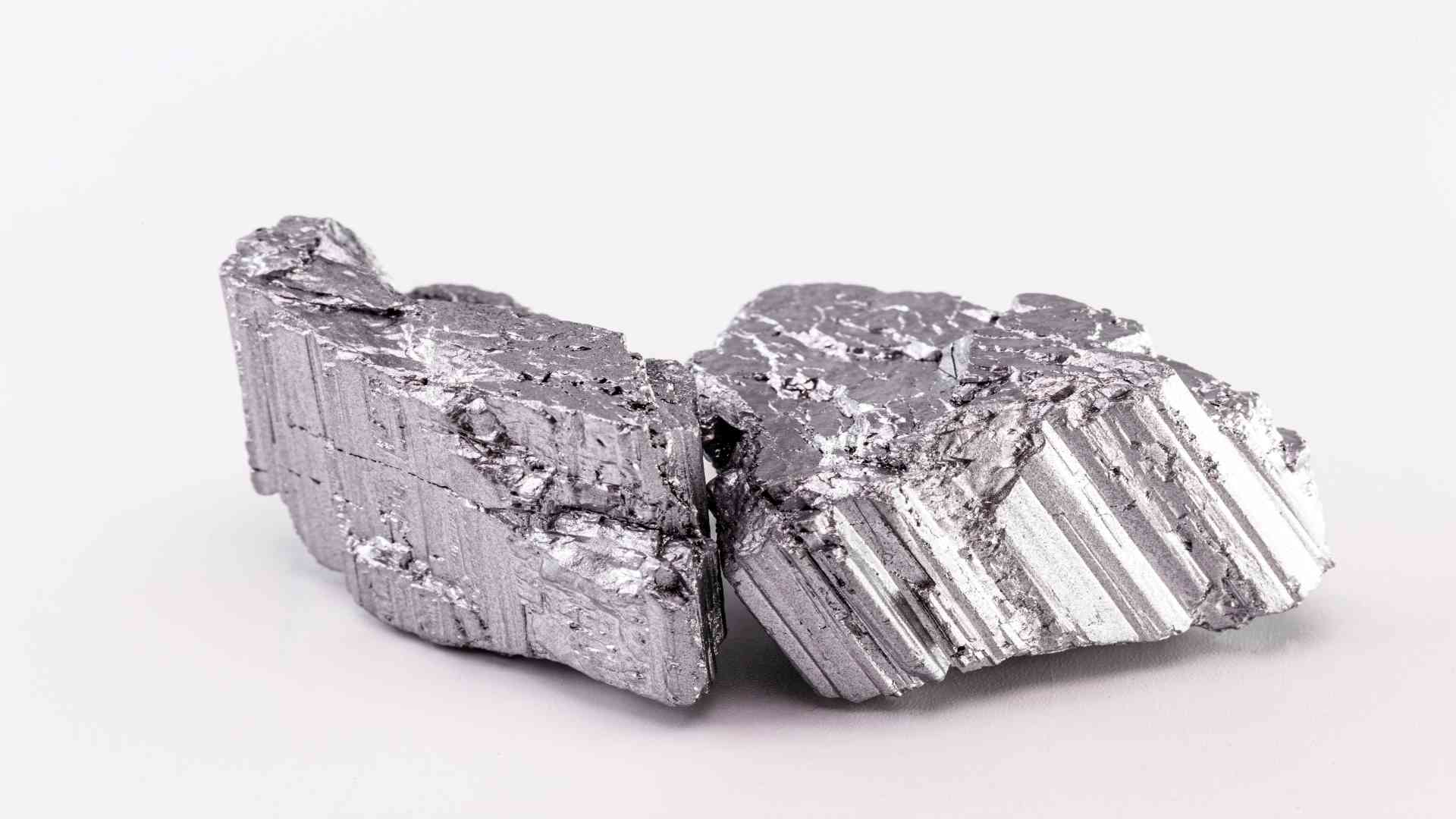Rare Earth Magnets: The Strongest Permanent Magnets
Rare earth magnets are arguably among the most important and powerful permanent magnets. They are made from alloys of rare earth elements and are incredibly powerful. But how powerful are these? And what makes them so strong?

Rare earth magnets
Magnetic Strength
Magnetic strength is a measure of how strong a magnet is—the stronger the magnetic force, the greater the magnetic strength. Rare earth magnets are graded according to their magnetic strength, measured in units called mega-gauss-oersteds (MGOe). It is the combination of two measurements: remanence and coercivity.
Remanence (Mr): It is the remaining magnetization that persists after the material is filled with the magnetic field and then significantly reduced by zero. The total magnetic anisotropy per particle (EA), which enhances particle volume, defines remanence for weakly interacting particles. It is usually measured in Gauss.
Coercivity: This is a critical property of magnetic materials, as it determines the material’s resistance to demagnetization. Coercivity, measured in oersteds, measures how easily a magnetic material can become magnetized or demagnetized.
Strength of Rare Earth Magnetic Materials
Rare earth magnets can be made from one of five different magnet materials.
- Neodymium-iron-boron (N42)
- Samarium Cobalt (SmCo 2:17)
- Alnico (Alnico-5)
- Ferrite (Ferrite-8)
- Magnetic Rubber (Grade Y)
| Type | Composition | Magnetism Volume (gauss) | Resistant to Demagnetization (Oesteds) | Maximum Energy Product (MGOe) | Density (g/cm3) | Max Operating Temp | Temp Coefficient |
|---|---|---|---|---|---|---|---|
| Neodymium-iron-boron | Neodymium, iron, boron | 13,000 G | 11,500 Oe | 42 MGOe | 7.4 g/cm3 | 80 oC | 0.11% |
| Samarium Cobalt | Samarium, cobalt | 11,000 G | 9,700 Oe | 28 MGOe | 8.4 g/cm3 | 350 oC | 0.11% |
| Alnico | Iron, aluminum, nickel, cobalt | 12,500 G | 640 Oe | 5.5 MGOe | 7.3 g/cm3 | 500 oC | -0.02% |
| Ferrite | Ceramics, iron oxide | 3,850 G | 2,950 Oe | 3.5 MGOe | 5 g/cm3 | 180 oC | -0.20% |
| Magnetic Rubber | Strontium or barium, synthetic rubber, PVC | 2,000 G | 1600 Oe | 0.8 MGOe | 3.5 g/cm3 | 50 oC | 0.20% |
Source: First4magnets
While grade N42 neodymium magnets are more commonly used, grade N52 magnets are the strongest. Neodymium and samarium are two of the 17 rare piles of earth that are ferromagnetic, i.e., both the magnets have inherent magnetic properties and thus can be easily magnetized. These elements are mined, refined, and then merged with other materials, including iron, boron, or cobalt, to form strong magnetic alloys.
Neodymium, iron, and boron all together make up neodymium magnets. Praseodymium, another rare earth element, can also be used to replace some of the neodymium in magnets. As a result, neodymium magnets are also referred to as NdPr magnets.
Rare earth magnets are crucial in making wind turbines and electric vehicles more efficient in renewable energy. Neodymium magnets, in particular, are known for their strength, making them ideal for use in EV motors. According to Adamas Intelligence, NdPr magnets are used in 90% of EV motors. Samarium cobalt magnets are also gaining popularity due to their resistance to high temperatures. These can withstand temperatures ranging from -270°C to 350°C and are highly corrosion resistant.
Global Market for Neodymium Magnets
The demand for rare earth magnets increases as the electric vehicle and renewable energy industries proliferate. However, the supply chain remains a source of concern. China controls the majority of global production and has a history of market manipulation.
Opportunities with Neodymium Magnets
Opportunities with neodymium magnets are endless. There is a growing demand for more efficient and environmentally friendly products that use neodymium magnets. As the world moves towards a more sustainable future, neodymium magnets will play an increasingly important role in many industries.
These rare earth magnets are used in a variety of applications, including
- data storage
- hard drives
- computers
- cell phones
- MRI machines
- motors, and more.
They are also used in many green energy applications due to their efficient magnetic properties, such as wind turbines to reduce expenses, improve reliability, and enhance maintenance intervals.
Regional Analysis
The Asia Pacific leads the market with overall revenue of over 85% in 2020. China is primarily responsible for Asia Pacific’s sheer volume and growth. Some factors that influence the advancement of the neodymium industry in China are the fabrication of permanent magnets, the expansion of the electric vehicle industry, the boost in wind energy installations, and the large volume formation of electronic products. In addition, the country results in the rare earth minerals industry for production, by reducing production costs in recent years.
Insights into Market Position
As neodymium demand grows, end-user investments in the neodymium value chain are expected to open new vendor opportunities. Several medium-sized and large companies are investing in the infrastructure of new magnet manufacturing plants. For instance, Guangsheng, a Chinese rare earth manufacturer, proposed constructing a manufacturing plant for NdFeB permanent magnetic material in March 2021. This USD 206 million projects is expected to generate 8,000 tons annually.





